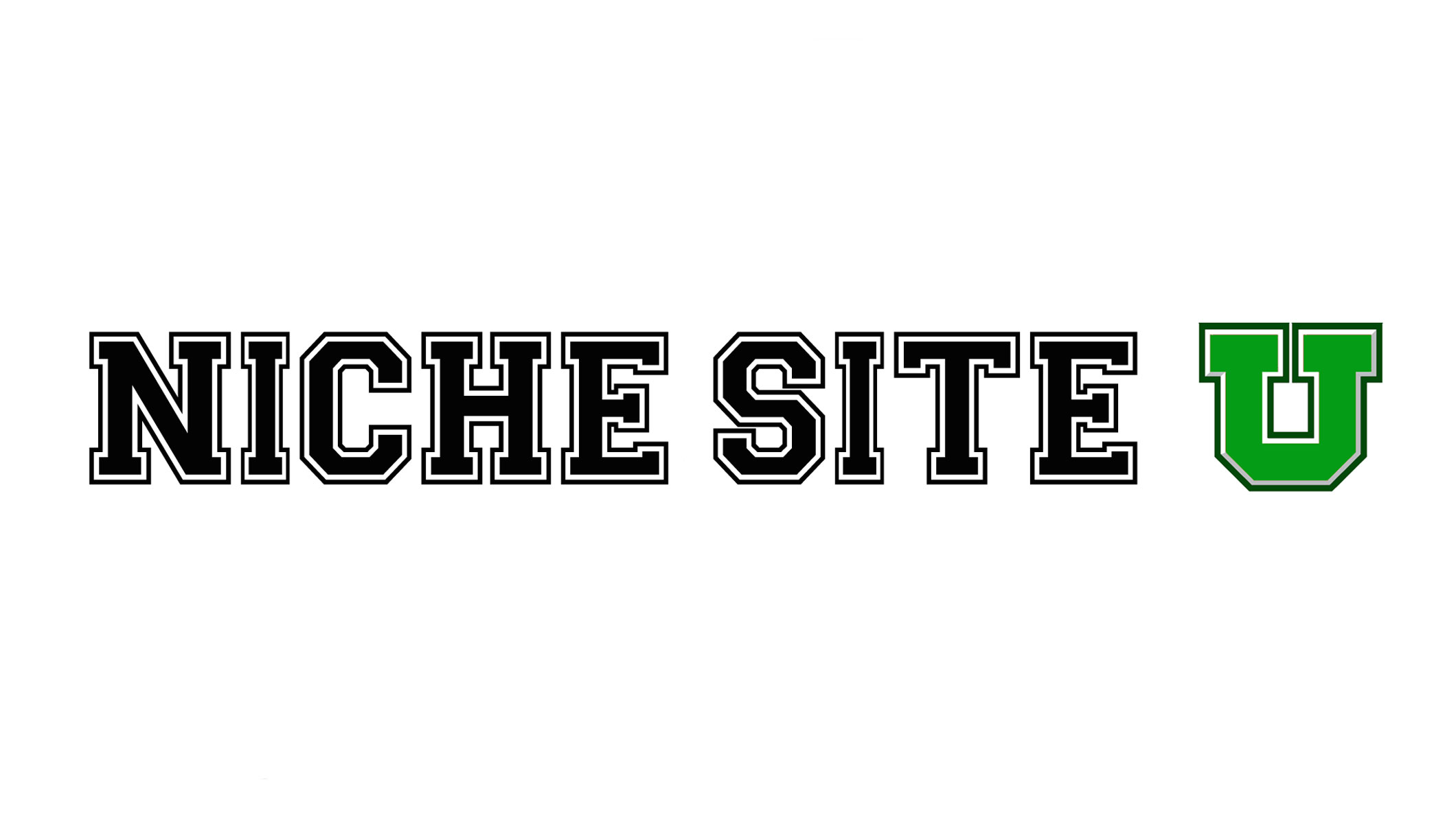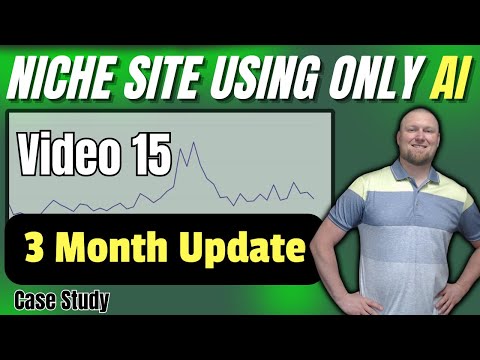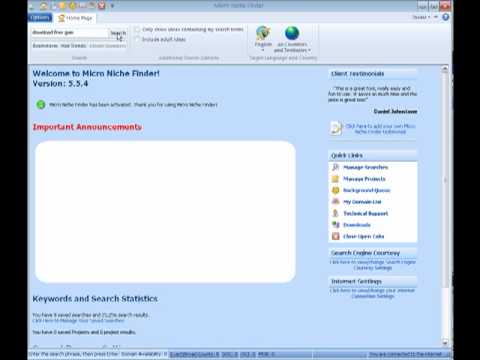Step #1 – Finding an Awesome WordPress Theme for your Niche Site
I want all of you to do 30 minutes of recon work on finding that winning theme for your site. Go ahead and open up your own text document where you can jot down your notes and findings (namely URLs of themes you like). This is an important step in the process, and I can only guide you to your final destination. Search Google for things like “Premium WordPress Themes” and check out the footers of blogs you like to see where they got their themes. You aren’t going to be buying anything during research, but you need to cut out a solid 30 minutes to look into your future theme. A theme can really drive your traffic, so make sure you are getting what you want.
Remember, we will be customizing these later. Because of this, the true order of your preferences when browsing for themes should be the following IN THIS ORDER:
- Layout (e.g. where things are on the page)
- Advertising Locations (ads should be plentiful, but not detract from the look)
- Aesthetics (how new and professional the actual design appears)
Notice how aesthetics are really the third qualifier of a good theme. Because we can change any awkward color combination to our liking, we need to focus more deeply on where things are, rather than what things are.
Places to Consider for Free and Premium Themes
First of all, let me state that I am only going to fully back premium WordPress themes for your use. Simply put, having a free template… even if you modify the heck out of it… may detract from your reputation. So definitely be careful that you aren’t using one that thousands of others already are! If I’ve seen your theme before, I automatically register you in my head as an amateur! While you need to do your own detective work, I will give you a few resources on both accounts to get you started.
Free WordPress Theme Resources:
- WordPress Theme Directory (Recommended!)
- Smashing Magazine’s
“100 Free Themes” List - WP Zoom’s “45+ Free
Premium Themes” List
Premium WordPress Theme Resources: (Affiliate Links)
- Intellitheme (My Favorite – Highly Recommended!!)
- CTR Theme (Nice Adsense Theme)
Other Paid Themes Include (Not affiliate links)
Make that list of potential themes and you’ll be well on your way. Be sure to look thoroughly through your options, reminding yourself what you will put where in each template as you browse. Remember: it’s not the way it looks, but the way it could look.
Hopefully you’ve done your homework, and have been checking out WordPress themes left and right. Finalize your decision on which theme you are going to buy… and let’s put some money down!
Adam’s Secret Tip:
First things first, if you went with a free premium theme (which is perfectly fine), you can skip past this paragraph. If, however, you are going to pay for it out of pocket to own your own license… here is a quick tip: be your own affiliate! Most theme resellers nowadays have links around their website to encourage affiliates to broker their themes so that they get more exposure. Usually, you will get anywhere from 30% to 65% of the proceeds… which may be a considerable amount of money depending on how pricey the theme is. While I won’t flat out promote you doing this, as many affiliates would rather have you pay sticker price for their theme, you can knock off a good amount of your bill ($10-$40) buy selling the theme to yourself, effectively, through your own affiliate link. Remember to always search for the best deal!
Step #2 – Installing a WordPress Theme
We’ve spoken to the FTP uploading technique on the day that we installed WordPress, so check out that tutorial if you are a bit fuzzy on the details. For a WordPress theme, this process is very simple. All you need to do is upload the entire folder containing your theme to /wp-content/themes/ in your website. If you have any problems with doing it, check out this great tutorial for a more in-depth look.
Once the folder is uploaded, WordPress will begin to recognize it in your system. Log into your WordPress backend (e.g. “/wp-admin/”), and go to the “Appearance” tab. It is very self-explanitory from here, and you just need to get to the “Themes” section and activate the theme that you like best.
Step #3 – Adding & Installing Plugins
Let’s first discuss how to install new plugins into our WordPress blog. We’ve talked through the system of using FTP to upload files to our website. With this in mind, adding new functionality to your blog is really a matter of downloading new plugins, unzipping the files on your computer, and uploading them to the “/wp-content/plugins/” folder on your blog. Once the files are in there, WordPress will automatically recognize it, and allow you to configure your options right in your Admin panel… easy! If you need a hand, check out the guide posted on WordPress.org.
Your First Batch of Plugins: Necessary Additions
Now that we know our way around installing plugins, I am going to recommend a few to you to try out. Tomorrow, we will cover plugins that improve the looks and function of your website to your visitors. Today, we will be going over add-ons that I consider essentials for any blog or any type.
Plugins you simply need to have:
Akismet: The top-dog spam blocker for your blog… plus it’s free!
AdSense Privacy Policy: Critical to making sure that you are playing properly in Google’s network.
Google XML Sitemaps: Let Google pick up your website quicker than ever before to increase the amount of traffic to your blog
ShareThis / Sociable: Use one of the following plugins to add an easy link to social networking websites that can blast your traffic to the heavens. I also like Digg Digg.
Ultimate Google Analytics: Many options here, but this is my personal favorite. Adds Google Analytics JavaScript to each page on your niche site.
WordPress Automatic Udater: Download this plugin to automatically get upgrades for your plugins and WordPress installation… makes life even easier!
W3 Total Cache: Allow your visitor’s browsers to save some information about your site to have things load faster than ever before
WordPress DB Manager: Everyone needs to back up their site! Create database backups with the click of a button. Larry Deane, a buddy on Google+ recommends Backup Buddy as a much better solution… which I will be trying out in the future myself. Please note that Backup Buddy is a paid solution.
WordPress SEO by Yoast: My personal favorite SEO tool for WordPress. Optimize your blog for Google better than ever before.
This batch of plugins should be on every niche site that you ever make, as they add new functionality to your website and will increase the amount of views that you get overall.
Your Second Batch of Plugins: Aesthetics & Enhancements
Now that we have seen a few of the niche-specific plugins, here is a listing of what I feel are must-have add-ons to your WordPress niche sites. What makes these different from those mentioned in the previous paragraph is that, these plugins focus on aesthetics and enhancing the experience for others.
Top Blog Plugins (That Aren’t Absolutely Essential!):
Comment Luv: Perhaps one of the best community-based plugins for your site. This will encourage people to drop comments, and reward them in a way that won’t hurt you!
Brian’s Threaded Comments: The default commenting system in WordPress is not very efficient, allow your guests to reply to other posts in an easy embedded structure!
Photo Dropper: This makes adding photos to your sites ridiculously easy, and makes sure you give credit where it is due.
Subscribe Remind: Place a convenient and non-distracting reminder at the end of each of your blog posts to get users to subscribe to your RSS feed — an essential conversion tool to boost your RSS figures
Subscribe to Comments: Let your users keep track of discussion on a particular article — another way to have your users checking back constantly!
Top Commentators: Want to boost commenting? Why not create a top-ten listing of the commentators on your blog! Give your guests a link to their own websites and a reason to talk about your work.
Yet Another Related Posts Plugin: Displays a list of related posts on your site and feeds based on a unique algorithm. Good way to keep people on your site consuming your content.
With these plugins in your arsenal, you will have yourself a more efficient way to reach users, boost traffic, increase discussion and more! All you need to start your successful blogging career is available at the click of a button.
And there you have it… a great start to getting your niche site up and running. You have now bought a domain, setup hosting, installed wordpress, and now have chosen a theme and installed your plugins. Next time, we will discuss monetization strategies and adding your content.
Please let me know your thoughts below. Do you have other plugins you love to use? Any themes you think make your site look great? Lets discuss in the comments below.
Today’s Resources:
- Previous Post – Niche Guide Part 3
- Recommended Paid Themes – Intellitheme or CTR Theme
- Free Themes – WordPress Theme Directory , 100 Free Themes, 45+ Free & Premium Themes
- Other Paid Themes – WooThemes, Premium WP, Elegant Themes, Theme Forest
- WordPress Help – WordPress Tutorial, WordPress Plugins Guide
- Needed Plugins – Akismet, AdSense Privacy Policy, Google XML Sitemaps, ShareThis / Sociable Digg Digg, Ultimate Google Analytics, WordPress Automatic Udater, W3 Total Cache, WordPress DB Manager– Larry Deane recommends Backup Buddy, WordPress SEO by Yoast
- Good to have Plugins – Comment Luv, Brian’s Threaded Comments, Photo Dropper, Subscribe Remind, Subscribe to Comments, Top Commentators, Yet Another Related Posts Plugin:









